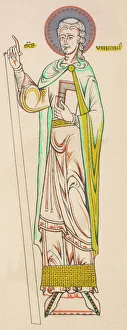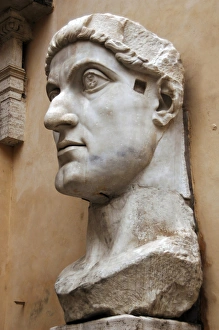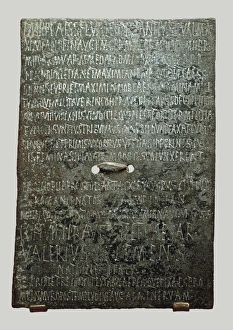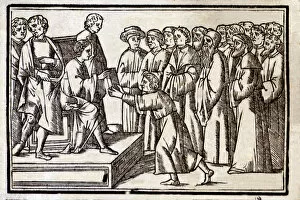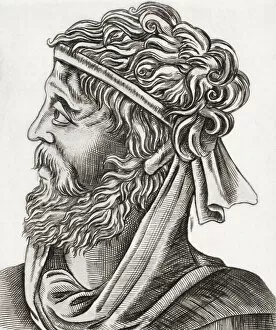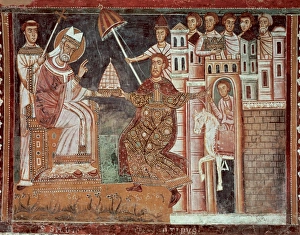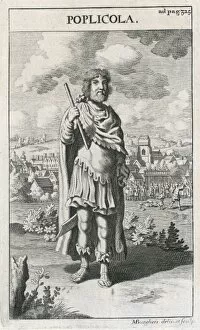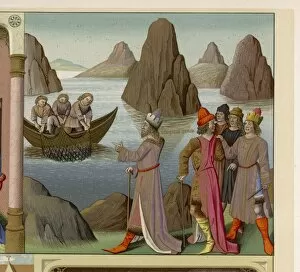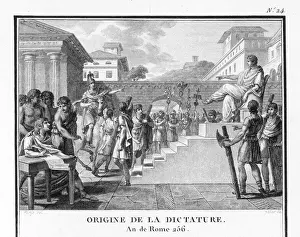Valerius Collection
Valerius, a name that echoes through the annals of Roman history
All Professionally Made to Order for Quick Shipping
Valerius, a name that echoes through the annals of Roman history. From the time of St Vincent's martyrdom in 304 to the reign of Constantine the Great, Valerius witnessed an era of immense change and transformation. Inscribed on a Roman military diploma by Emperor Gallerius, Valerius' legacy intertwines with the rise and fall of emperors. The portrait of Avitus captures his regal presence, while the bust of Constantine I showcases his power and influence as he ruled from 306 to 337. As we delve deeper into Valerius' story, we encounter other notable figures like Leo I, Licinius, Maxentius, Maximinus II - all immortalized in stunning portraits that depict their authority and stature. The grandeur continues with a glimpse into ancient funeral rituals; a five-story funeral pyre for a Roman Emperor stands tall amidst Rome's historical landscape. This serves as a poignant reminder of Valerius' mortality despite his elevated status. Maximian's portrait adds another layer to Valerius' tale - an emperor who played a significant role during this transformative period. His image evokes both admiration and intrigue as we ponder upon his contributions to Roman history. Through these hints scattered across time and artistry, we catch glimpses into Valerius' life - one intertwined with emperors, martyrs, military achievements, and imperial legacies. Though much remains shrouded in mystery or lost within the passage of centuries, what remains is an indelible mark left by this enigmatic figure named Valerius.

